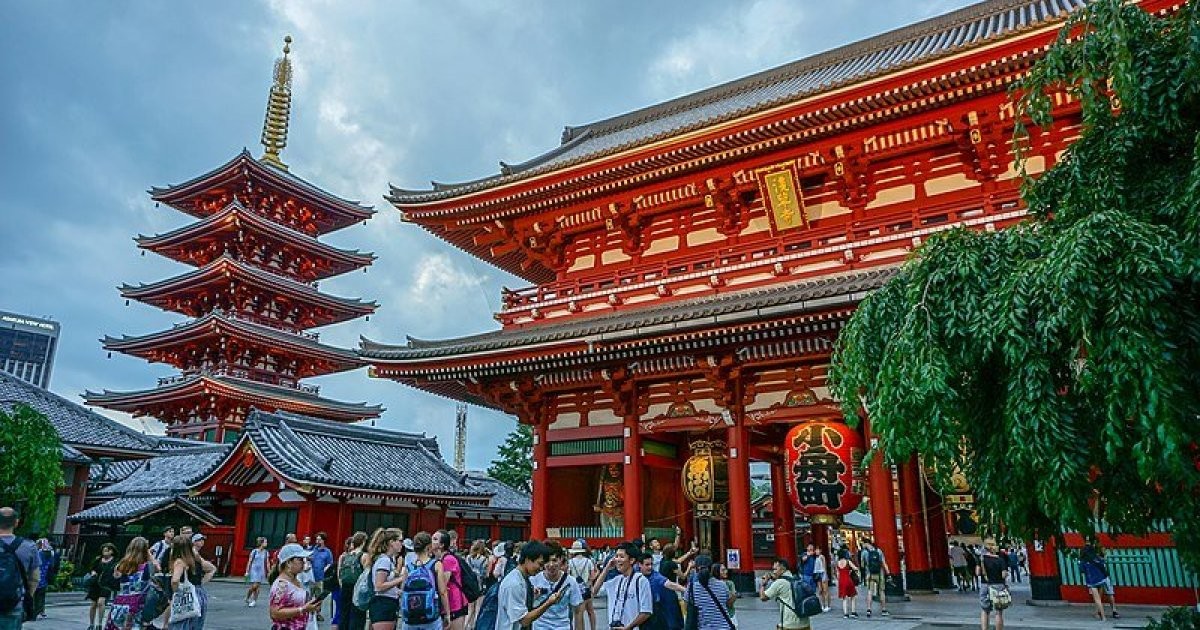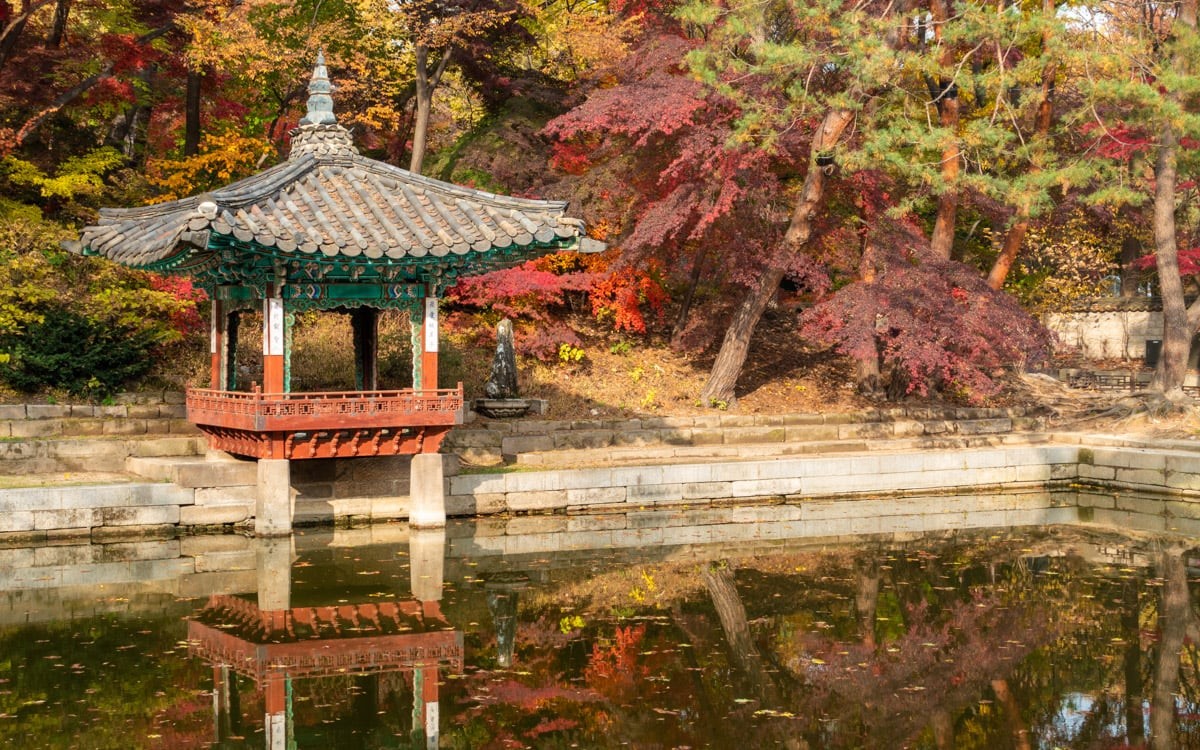
Senso-ji Temple: Tokyo's Ancient Treasure of Spiritual Beauty
Nestled in the heart of Tokyo’s Asakusa district, Senso-ji Temple is a magnificent testament to Japan's rich cultural and spiritual heritage. As Tokyo's oldest and one of its most significant temples, Senso-ji attracts millions of visitors each year, all drawn to its breathtaking architecture, vibrant atmosphere, and deeply spiritual ambiance. Built in 628 AD, the temple is dedicated to Kannon, the Buddhist Goddess of Mercy, and its timeless beauty is a striking contrast to the modern city that surrounds it.
A Gateway to Tradition: The Kaminarimon
Visitors to Senso-ji are first greeted by the iconic Kaminarimon (Thunder Gate), a majestic entrance that is one of the most photographed landmarks in Japan. Towering at 11.7 meters (38 feet), the bright red gate is adorned with a massive, impressive lantern that weighs around 700 kilograms. The bold black kanji characters for "thunder" and "gate" are emblazoned on its surface, signifying the power and protection of the deities.
Beyond the Kaminarimon lies the Nakamise Shopping Street, a bustling corridor filled with traditional shops offering local snacks, souvenirs, and handcrafts. This vibrant street, brimming with energy, leads visitors on a journey from modernity into the sacred grounds of the temple, giving a sense of transition from the everyday world into a spiritual realm.
The Majestic Main Hall: A Spiritual Oasis
At the heart of Senso-ji stands the Main Hall, an awe-inspiring structure that commands respect and admiration. The hall, also known as the Hondo, is richly decorated with intricate carvings, vivid colors, and ornate details. The architecture of Senso-ji showcases traditional Japanese craftsmanship at its finest, with curved roofs, wooden beams, and golden embellishments that glow in the sunlight.
Inside the Main Hall, the temple's centerpiece is a statue of Kannon, said to have been discovered by two fishermen in the Sumida River in 628 AD. Though the statue is kept hidden from public view, it is believed to hold great spiritual power, and many visitors come to Senso-ji to offer prayers for health, fortune, and guidance. The reverent atmosphere inside the temple hall, with the scent of burning incense and the soft murmur of prayers, creates a sense of peace and tranquility, inviting all who enter to reflect and seek solace.
Asakusa Shrine and the Five-Story Pagoda
Adjacent to the Main Hall stands the graceful Asakusa Shrine, a smaller, yet equally beautiful structure that was built in 1649 to honor the temple's founders. Asakusa Shrine offers a quieter, more intimate space for reflection and prayer, making it a perfect complement to the grandeur of the Main Hall.
One of the most striking features of the Senso-ji complex is its Five-Story Pagoda, which rises elegantly into the sky, a symbol of Buddhist teachings and the pathway to enlightenment. The pagoda is one of Tokyo’s most beautiful and iconic landmarks, its layers representing the five elements of earth, water, fire, wind, and sky. By day, it stands tall against the cityscape, and by night, it is beautifully illuminated, casting a serene glow over the temple grounds.
A Palace of Festivals and Vibrant Traditions
Senso-ji is not only a place of worship but also a center of cultural celebration. The temple hosts several festivals throughout the year, with the most famous being the Sanja Matsuri in May. This festival draws millions of people to Asakusa, filling the streets with lively processions, colorful floats, and traditional music. It is a time when the temple truly comes alive, and the air is filled with joy and festivity, showcasing the deep connection between the temple and the local community.
In addition to the Sanja Matsuri, the temple is also a popular destination during the New Year, when worshippers come to pray for blessings in the coming year, and during the Sumida River Fireworks Festival in summer, when thousands gather to enjoy one of Tokyo’s most spectacular fireworks displays with Senso-ji’s pagoda as a backdrop.
A Haven of Beauty in the Modern Metropolis
One of the most remarkable aspects of Senso-ji is how it harmoniously blends the ancient with the modern. Surrounded by the sleek skyscrapers of Tokyo, Senso-ji offers a serene retreat from the city's fast-paced life. The temple grounds, with their carefully manicured gardens, koi-filled ponds, and traditional architecture, provide a peaceful escape where visitors can connect with Japan’s spiritual heritage.
The seasonal beauty of Senso-ji adds to its allure. In the spring, the temple grounds are adorned with vibrant cherry blossoms, creating a picturesque setting that attracts photographers and nature lovers alike. In autumn, the fiery hues of maple trees create a warm and inviting atmosphere, further enhancing the temple's timeless beauty.
Senso-ji Temple is more than just a historical site; it is a living embodiment of Tokyo's rich cultural and spiritual history. Its stunning architecture, vibrant festivals, and serene atmosphere make it a must-visit destination for those seeking both beauty and spirituality. Whether you come to admire the craftsmanship of the Main Hall, to take part in the lively festivals, or simply to find a moment of peace amidst Tokyo's urban landscape, Senso-ji offers an unforgettable experience that leaves a lasting impression on all who visit. In the ever-evolving city of Tokyo, Senso-ji stands as a timeless symbol of tradition, resilience, and beauty.





